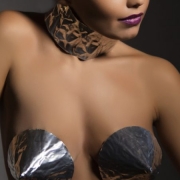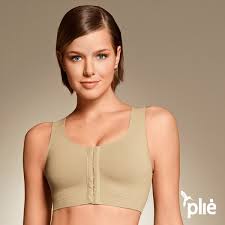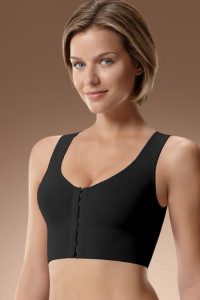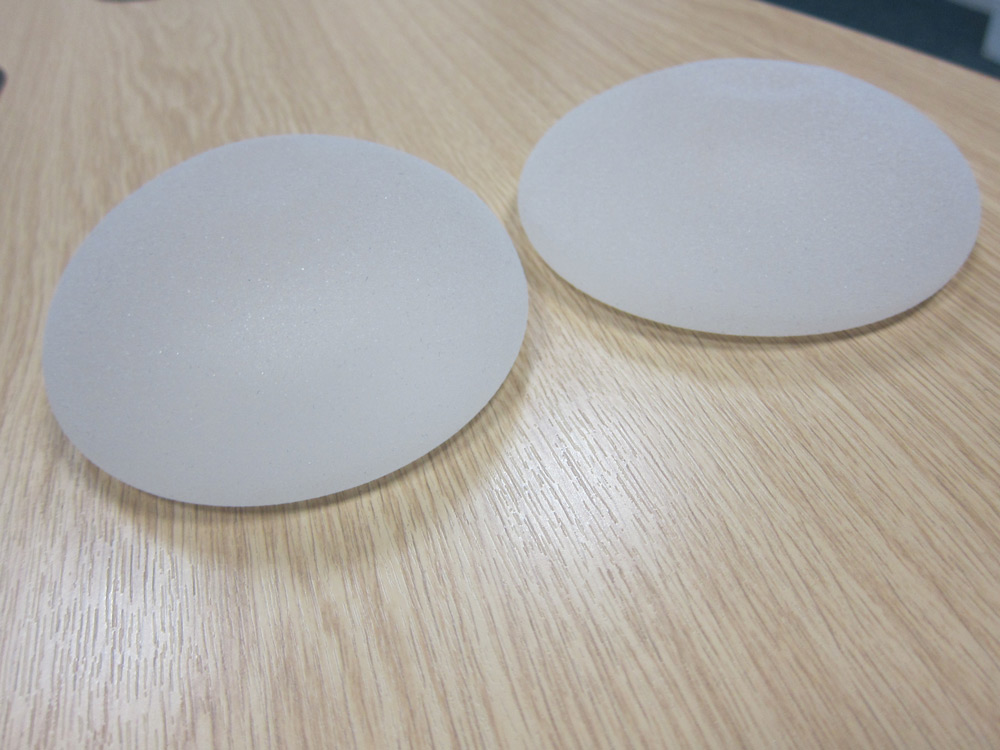Like a Virgin “ Conical Breast Implants
Conical Implants “ for patients who are borderline for a breast lift.
During my consultations, I have a selection of breast implants to show patients. The conical implants always invite comment, usually along the lines of ooh, I don’t think I would like those or are those the Madonna implants?


However, the truth about these implants is very different. Conical implants are particularly good in patients who are borderline for a breast lift but do not want a large round implant, which might otherwise be necessary to ‘take up the slack’.
Breast Lift or Implants?
The main reason for patients requiring a breast lift (also known as mastopexy) is either following weight loss or after having children. Both of these things causes the breasts to get larger, whichstretches the skin and then smaller, however, the skin does not recoil back leaving extra redundant skin and causing the breast to droop. The best way to treat this is to remove this redundant skin and tighten the skin envelope, which is what is involved in a breast lift. However, many patients do not want the scarring and potential complications that come with a breast lift and would prefer to have implants. Furthermore, a breast lift in itself will not make the breasts bigger, and so a breast lift with implants may be required and this operation is challenging with an increased rate of potential complications.
Can I Avoid a Breast Lift?
Nobody wants a breast lift if they can avoid it. If you could have an operation with fewer complications and less scarring, then obviously that would be better. However, like most things in life, it is not always that simple! A breast lift is the most effective way to improve the shape of the breasts and some patients need a breast lift. There are three groups of patients:
-
Patients who need a breast lift
this group of patients need a breast lift and whether or not they have implants is a matter of choice, depending on whether they want the cup size to be bigger, but the lift is necessary. If this group of patients have breast implants without a lift, there is a risk of an elongated appearance to the breast where the implant is sitting in the right place but the breast is sitting low and ‘falling off’ the implant. This is sometimes referred to as a ‘Snoopy deformity’.
-
Patients who are borderline for a breast lift
this group of patients would benefit from a breast lift, which would give a better shape to their breasts, but it is not essential. It is this group of patients who may benefit from conical implants. Conical implants have allowed me to increase the number of patients who are in this group and I have seen a number of patients who have been seen by other surgeons and recommended to have a breast lift, but they did not want this. Many surgeons do not use polyurethane implants and so they do not have the option of using conical implants. Conical implants open up this option in patients who would otherwise need a lift.
-
Patients who do not need a breast lift
this group of patients may feel like they have lost volume in their breasts and want more fullness, but they do not need a lift and the fullness can be achieved with implants.
It is only after clinical examination that you will know which group you are in, so if you would like to come along to the clinic for an examination and to look at some before and after photographs of what is achievable with conical implants, then click hereto book a free consultation, or call us on 0121-454 3680.



















#askjj
Read Jonathan's book now!
Jonathan is on a one man crusade to revolutionise the image of cosmetic surgery and is passionate about spreading his message about cosmetic surgery training.